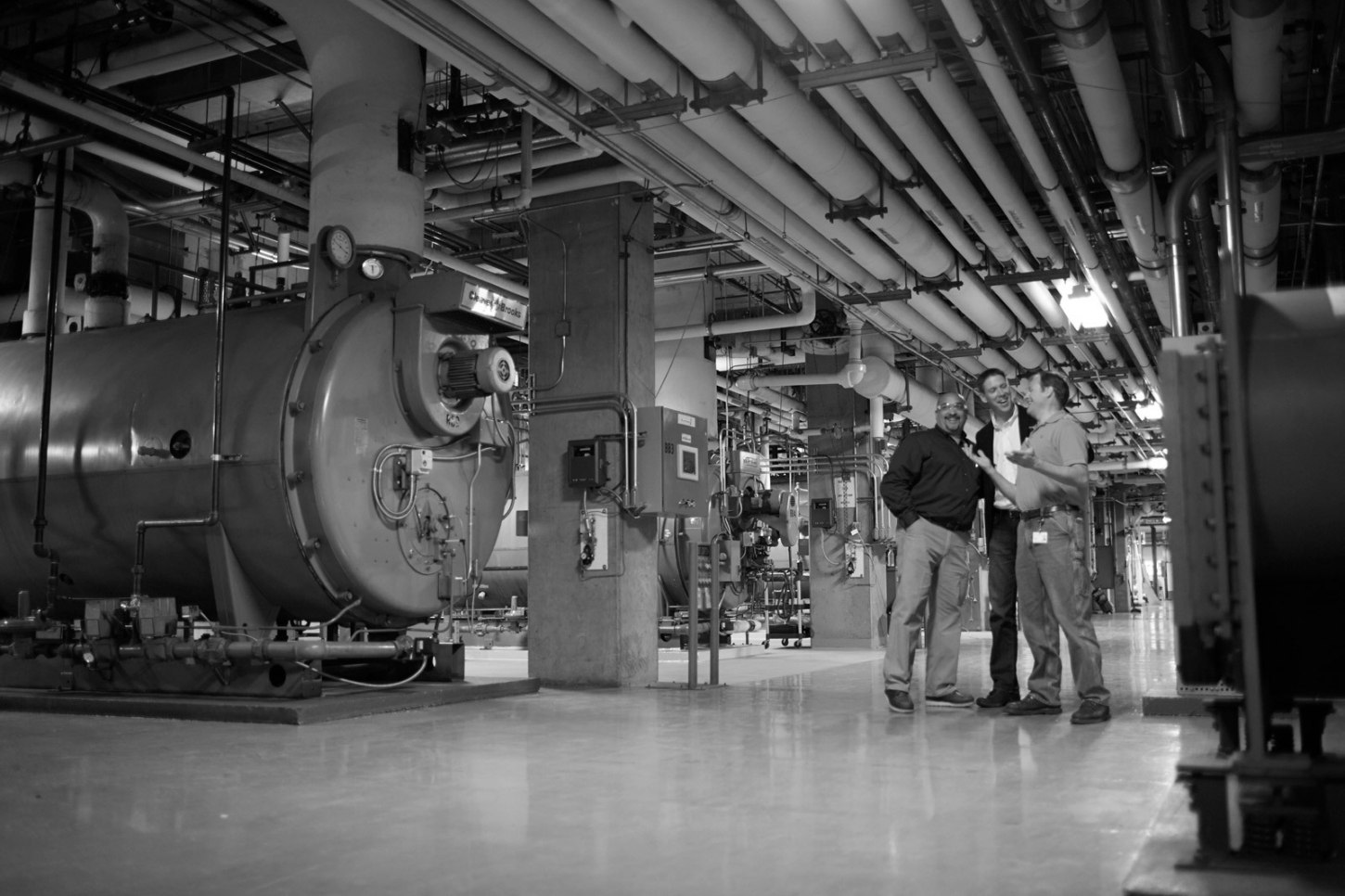Originally featured on SMACNA's Sheet Metal Journal.
2021 Washington State and City of Seattle Energy Code Updates, Part II
The 2021 Washington State Energy Code (WSEC) as developed by the State Building Code Council has been officially adopted and will begin implementation on July 1, 2023. As previously reported in this column, the 2021 code has significant changes compared to previous codes, as it not only requires more efficient building, mechanical, and electrical components, but also, it now includes carbon reduction goals in our new buildings, which will reduce or eliminate petroleum-based fuel sources (including natural gas) and electric resistance heating equipment in some areas of our state. The significant changes outlined below focus on Western Washington only (climate zone 4) as this is likely of more interest to our SMANCA-Western Washington members. Eastern Washington (climate zone 5) has some different requirements and still allows the use of fossil fuels and/or electric resistance heat under certain conditions. Your Technical and Code Committee notes that there is a virtual training program available to educate our industry starting this April. It covers in detail the most substantive changes between the 2018 and 2021 commercial codes. To register for this program, go to waenergycodes.com/compliance_training.php. We have summarized these significant HVAC system changes organized by WSEC Chapter Numbers below:
C403.1.4: Heat pump technology will now be required for space heating in all new commercial buildings. The use of heat pumps can be in the form of unitary ducted or through-wall units, air-to-water heat pump “boilers,” or more traditional water-to-water heat pumps, air-source VRF, and split system heat pump units.
C403.3.5: Dedicated Outside Air Systems (DOAS) used for ventilating a wide variety of building types will now need to have more efficient heat exchangers transferring energy from relief/exhaust air to outside air. The new requirements are 68% sensible heat efficiency (up from 60%) or 60% enthalpy recovery efficiency (a combination of sensible and latent heat), up from 50% required by the 2018 code. In addition to these changes, there are also changes to energy recovery ventilation (ERV) systems typically used in multi-family residential projects.
C406.2: This chapter describes energy efficiency requirements for permitting under a Prescriptive Path, meaning that it provides a set of fixed requirements for building envelope, mechanical, and electrical systems that must be met to obtain a permit. The new prescriptive path contains a revised energy efficiency points scale of credits compared to the 2018 code. These new credits are described in Table C406.2 of the SEC and list 31 different options with various available credits depending on the building code occupancy group your project falls under. Depending on your project’s occupancy type, you will need to incorporate between 41 and 74 credits at a minimum from the 31 categories included in this table. For existing building additions, you will need between 20 and 36 credits to meet permit requirements.
C406.3: This is a new chapter containing an additional set of prescriptive credits that are now required for Building Load Management. These new requirements cover a wide variety of building components and systems, from traditional lighting and HVAC systems (think occupancy sensors and set-back temperatures) to storage of electrical and cooling energy, domestic hot water storage, and even building envelope thermal mass. Like the energy efficiency requirements described above, the credits shown in Table C406.3 list seven options with a range of 12 to 27 credits required depending on occupancy type. This new requirement will need careful study by all of us in order help our customers and trade partners navigate the most cost-effective path to permit compliance under this new category.
C407.3: This chapter provides an alternate path to the fixed or prescriptive requirements described above and allows a more complex “total building performance path,” which uses annual energy modelling to determine if a unique combination of building elements in your design will use less energy than a baseline model contained in the code. The 2021 code changes “Building Performance Factors,” which result 10% improvement in energy efficiency compared to the 2018 code. These new factors are shown in Table C407.3(2) for various building types. Similar to the prescriptive path, this chapter also contains a new, additional set of requirements described as “Site Energy Performance Targets.” This set of factors limits both regulated (e.g., mechanical equipment efficiencies, lighting efficiencies) and unregulated (e.g., electrical receptacles) to form an overall site energy use target for your project. Information on Site Energy Performance Targets is found in Table C407.3(3). The goal of this new site energy metric is to improve overall site/building energy efficiencies to meet the WSEC goal of 70% energy reduction for buildings permitted under the future 2030 WSEC versus buildings built under the initial 2007 WSEC, an ambitious but potentially achievable goal could potentially make buildings in the State of Washington the most energy efficient in the United States.
As of the date of this publication, the City of Seattle has not yet finalized its version of the 2021 Seattle Energy Code (SEC). In addition to the State of Washington’s efforts to develop new code requirements, the city also relies on its Construction Codes Advisory Board to make recommended changes to Seattle’s codes. This board is made up of voluntary members representing building developers, designers, contractors, trade union representatives, and members of the general public. The SEC is typically more aggressive than the WSEC, improving energy efficiencies by an additional 5-10%. No doubt the SEC will contain all the above-describe WSEC updates, likely requiring higher efficiencies and potentially adding more progressive requirements than contained in the new state codes. As the 2021 SEC is finalized, your Western Washington Technical and Code Committee team will let you know what changed in a future edition of this newsletter
Questions or Comments?
For media inquiries or related questions, please contact info@umci.com
